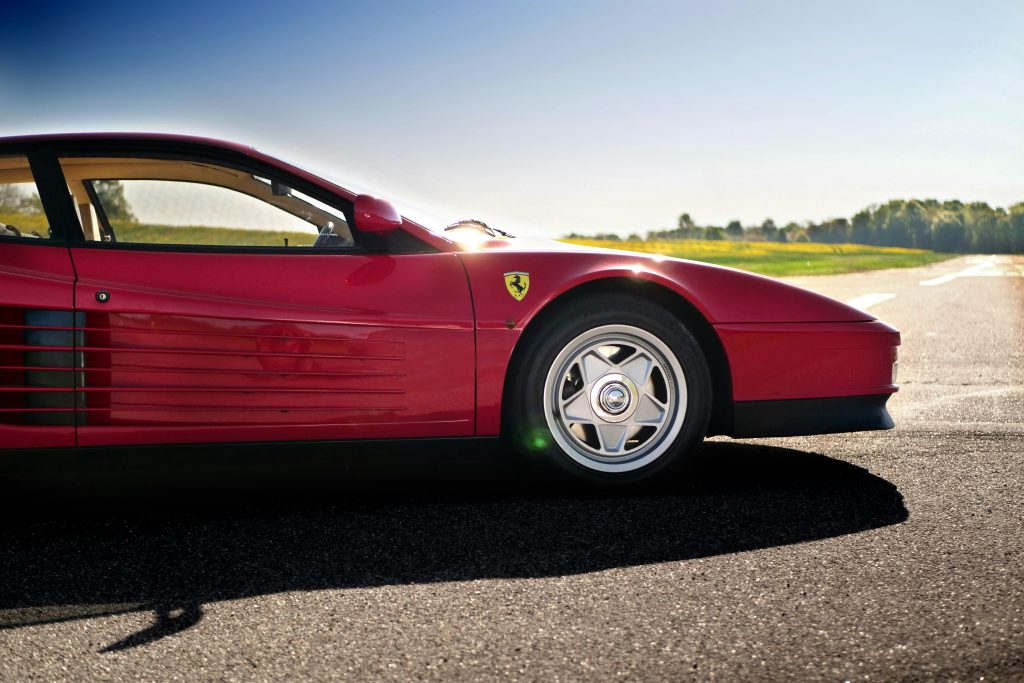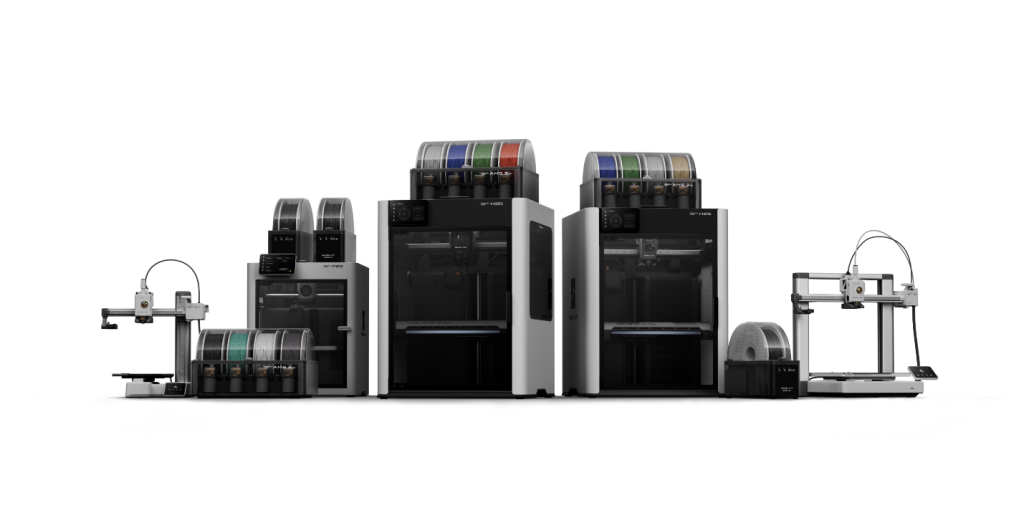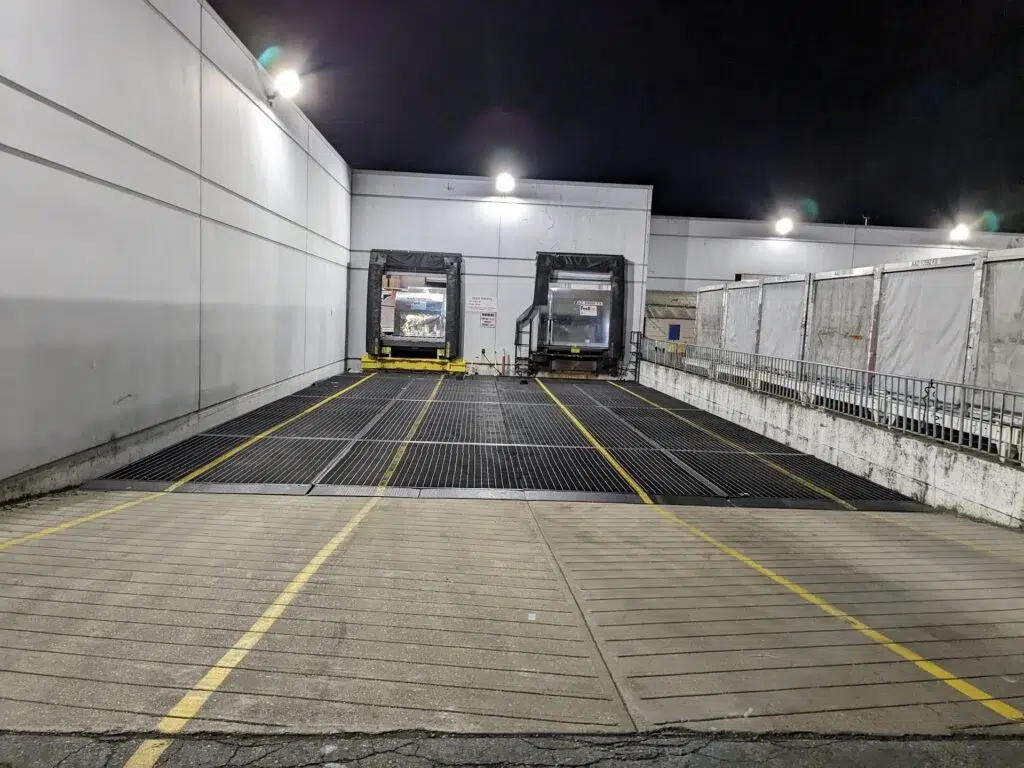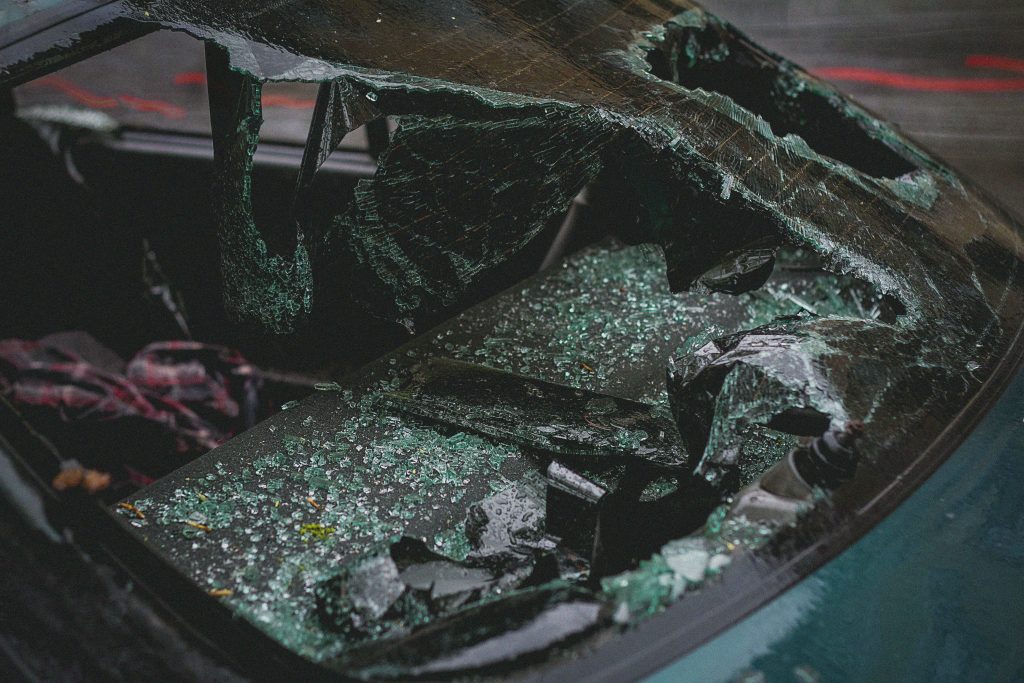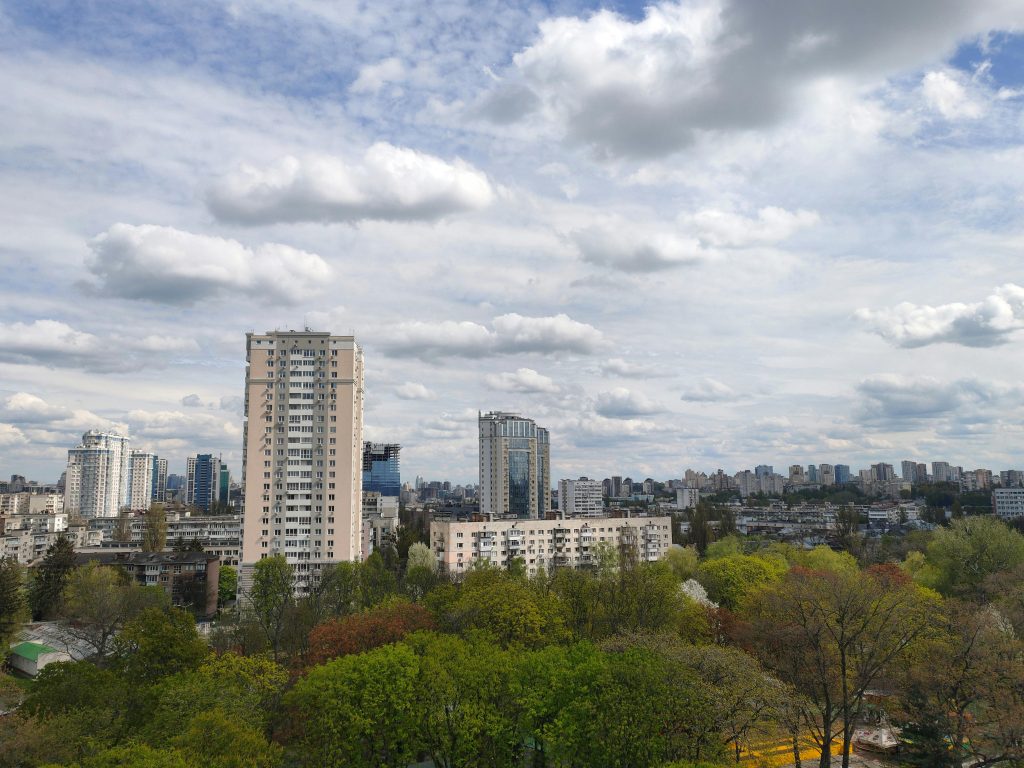In the context of video editing, tracking flat areas can become a major plus if done properly, which is important when blurring out data or adding some breathtaking visualizations. However, when it comes to achieving this precision, two prominent techniques stand out: planar tracking and 3D tracking.
Each approach has its strengths and weaknesses, leaving video editors and motion designers to argue which one is best suited for flat surface tracking.
Alright, let’s look at the specifics of these methods to help you make a decision for a specific video editing project.
Part 1: Get to Know: Planar Tracking!
Planar tracking is beyond any doubt one of the most effective features in video editing that is aimed at tracking planar surfaces in the video. Unlike other tracking methods that track points through 3D space, planar tracking assesses an area for surfaces as a whole, which makes it valuable for tasks such as obscuring data, placing graphics on screens, or copying textures to walls.
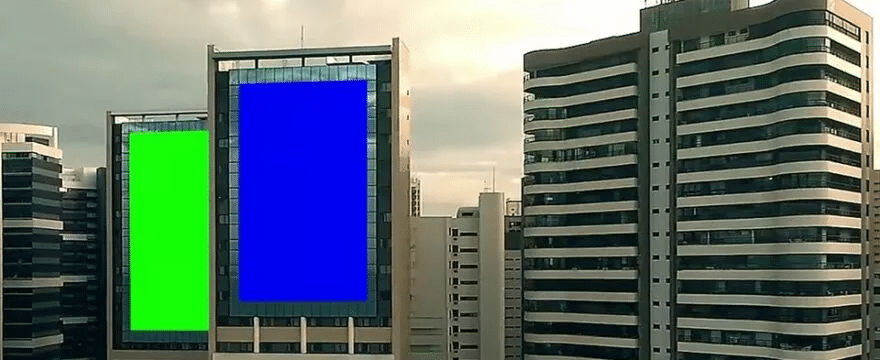
How does it work?
In its simplest terms, planar tracking involves identifying and analyzing the color, shape, and texture of an image plane that may appear as a flat surface in a video frame. This makes it easy to incorporate more visual components into the video; this brings out the narrative feature of the video as it makes it more realistic and precise.
For instance, if you want to remove or mask a license plate or place a logo onto an original billboard, which is flat, planar tracking gets the job done by adjusting to a flat area during the motion.
One of the most recommended software programs for planar tracking is Wondershare Filmora. Its Planar Tracker feature is very convenient indeed—one can add tracking data without prior training! The interface is simple for amateurs and professionals so that you do not have to undergo a long, rigorous process before beginning the actual project.
Part 2: 3D Tracking: Know Specific About the Term!
3D tracking is an advanced innovation in video editing whereby the motion of objects in a three-dimensional space is tracked with great ease. While planar tracking analyzes only flats in a scene, 3D tracking identifies depth and perspective, thus allowing for the correct placement of digital objects in a scene as naturally as they move on and interact with the camera.
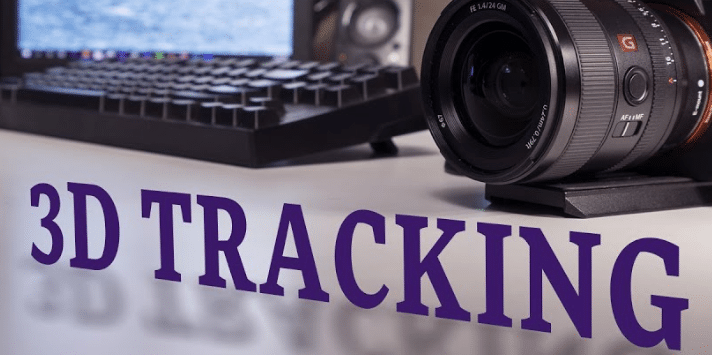
It captures and analyzes several points inside the frame that allow one to create a perfect 3D environment in which you can put graphics, text, or effects that will imitate the motion of the material.
Versatility and Applications in Video Editing
Undoubtedly, one of the biggest benefits of using 3D tracking is that the approach is impressively flexible. Numerous applications can be made of it, such as:
Augmented Reality (AR): Improving the realistic appearance of existing scenes by applying semitransparent 3D elements responsive to physical objects.
Visual Effects (VFX): Implementing additional details, for instance, an explosion or an animated character that should be combined with the video’s motion.
Camera Movement Matching: Creating the appearance that virtual objects are coming from the position they are in real life in the footage being taken.
For instance, suppose a director wants a flying logo to be placed on a moving aerial shot; in this case, 3D tracking allows the logo to appear to be floating freely across the scene beside the main action, irrespective of the shift of angles and directions of the camera.
Challenges accompanying 3D Tracking on planar surfaces
Even with these advancements, 3D tracking still has limitations, particularly when it comes to tracking flat surfaces:
Complexity
However, 3D tracking might be more complicated to implement, and setting up for tracking is usually more complex and might demand more profound insight into 3D perspective and movement.
Overhead
The extra steps that are typically needed for 3D tracking may negatively impact the efficiency of editing, but more significantly the amount of data that is processed during large-scale projects.
Surface Identification
There are cases where a flat structure has to be worked on and 3D tracking may lose alignment with the planar surface if the camera is tilted or if there is low texture on the target plane.
Depth Perception
While watching a video that is deep, it is possible to oversimplify the background-foreground division so it interferes with precisely adding items to the flat plane.
Overall, 3D tracking opens greater opportunities for visual effects and motion graphics, while planar tracking is the best solution if the primary object under editing mostly has a planar surface.
Part 3: Planar Tracking vs. 3D Tracking – A Comparative Analysis
| Factors | Planar Tracking | 3D Tracking |
| Ease of Use | User-friendly, intuitive software options like Wondershare Filmora simplify the process. | Requires more technical knowledge and understanding of 3D space. |
| Accuracy | Highly accurate for flat surfaces, as it assesses the surface as a whole. | More versatile for tracking complex movements but can struggle with flat surfaces due to distortion or perspective changes. |
| Ideal Use Cases | Best for obscuring data (like license plates), adding graphics to billboards, or matching textures on flat planes. | Ideal for dynamic environments where multiple axes of motion exist, such as objects moving through 3D space, camera adjustments, or complex animations. |
| Time Efficiency | Generally quicker to set up and complete, making it ideal for simple edits. | More time-consuming given the complexity involved in establishing a 3D coordinate system. |
Your project’s needs will determine if you should use 3D or planar tracking. If your focus is on post-production, use the Planar Tracker of Wondershare Filmora. It’s best for visuals and simple edits where the plane surfaces are key. For a complex illusion with many mechanical or geometric patterns, use 3D tracking. It might work better.
Part 4: Step-by-Step Guide to Using Planar Tracker in Wondershare Filmora!
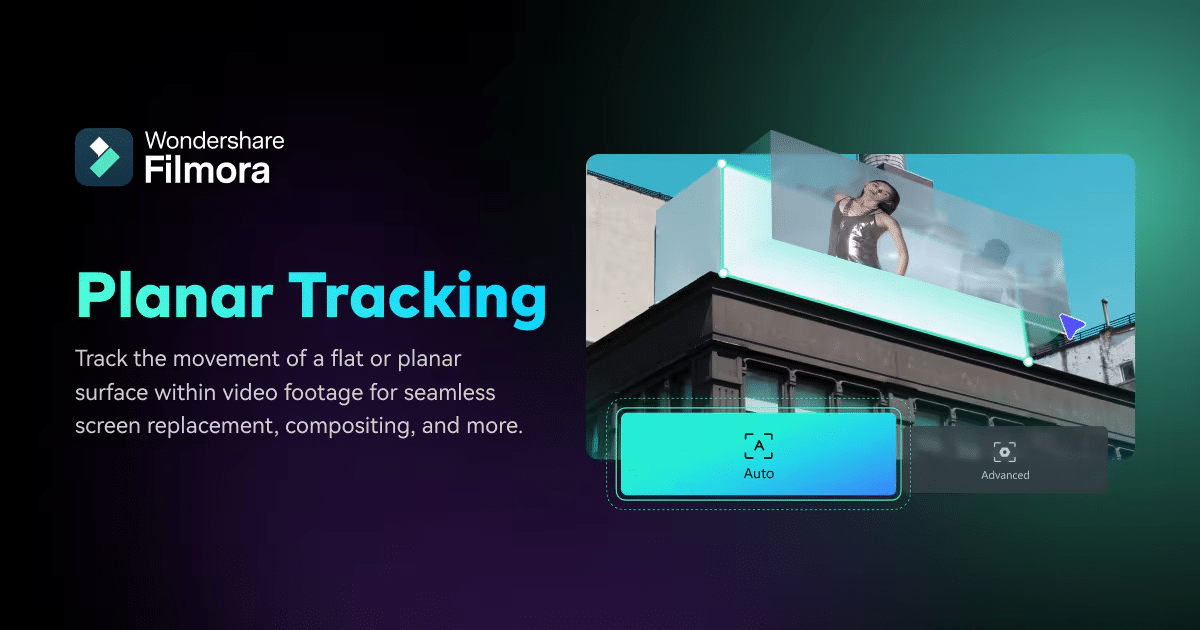
We have mentioned an amazing video editing software, named Wondershare Filmora, above, but do you know about this tool? If not, then it is a video editing software designed for beginners in video editing as well as professionals.
Let’s see how the Planar Tracking feature of Wondershare Filmora lets users track the flat surface in video.
Step 1: Go to the Filmora website and download the latest version.
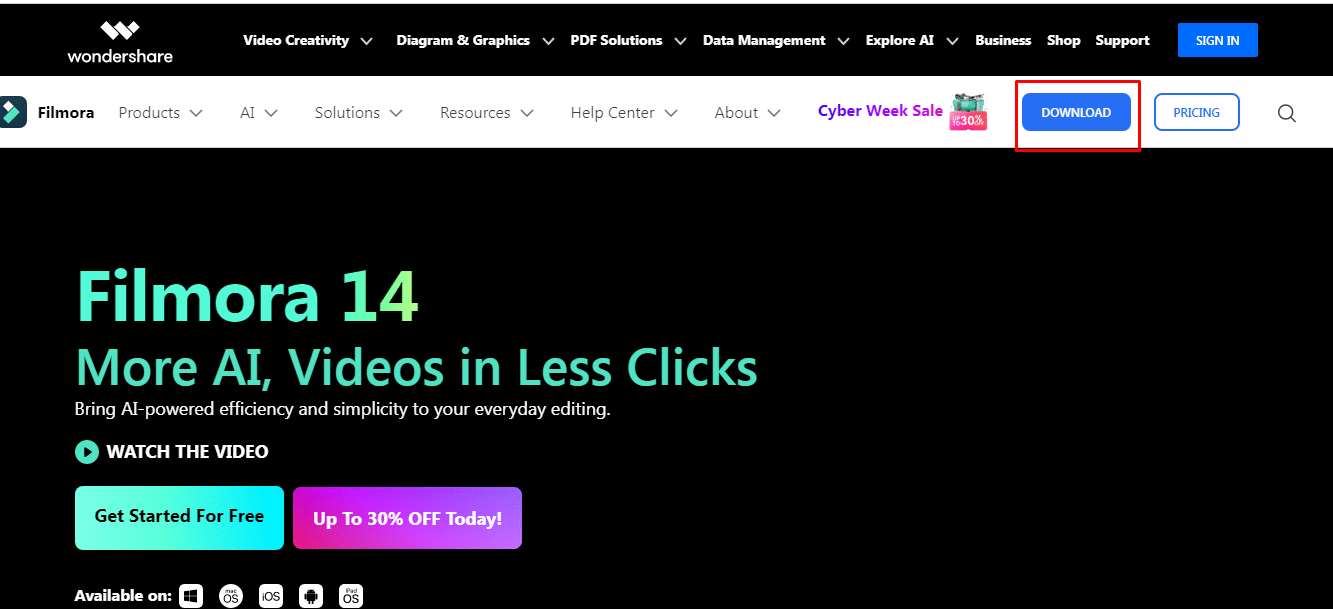
Step 2: On the application’s user interface, select the “New Project” button to begin editing.
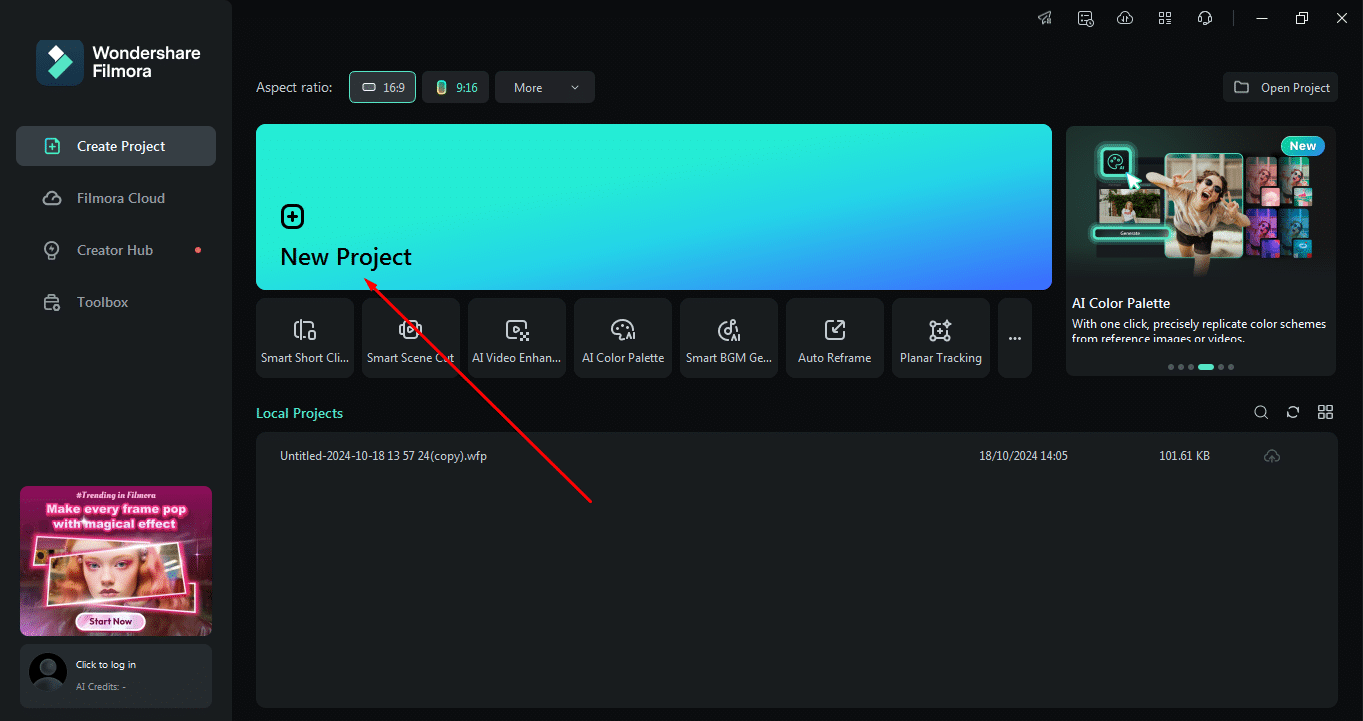
Step 3: The “Import” button at the top of the program can be clicked to add up the videos you intend to work on.
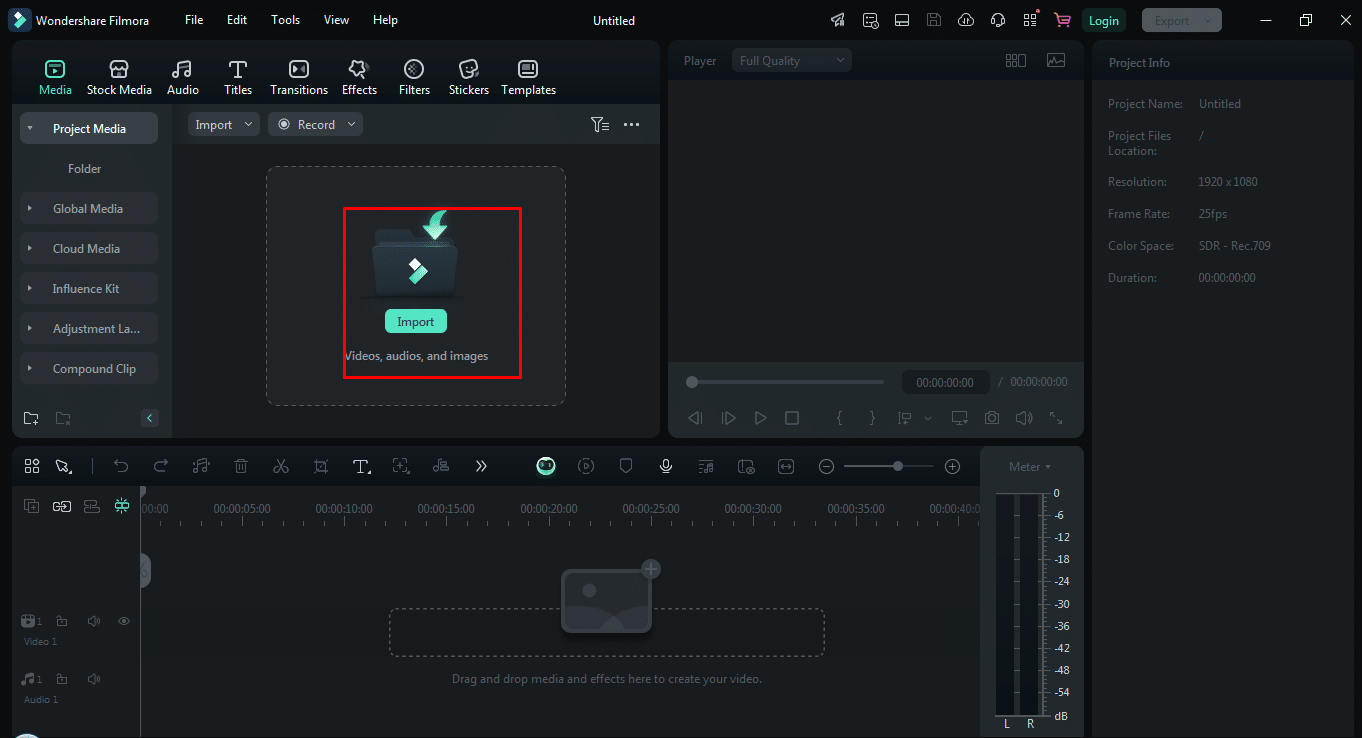
Step 4: It is necessary to drag the chosen video from the media library to the timeline in order to edit it.
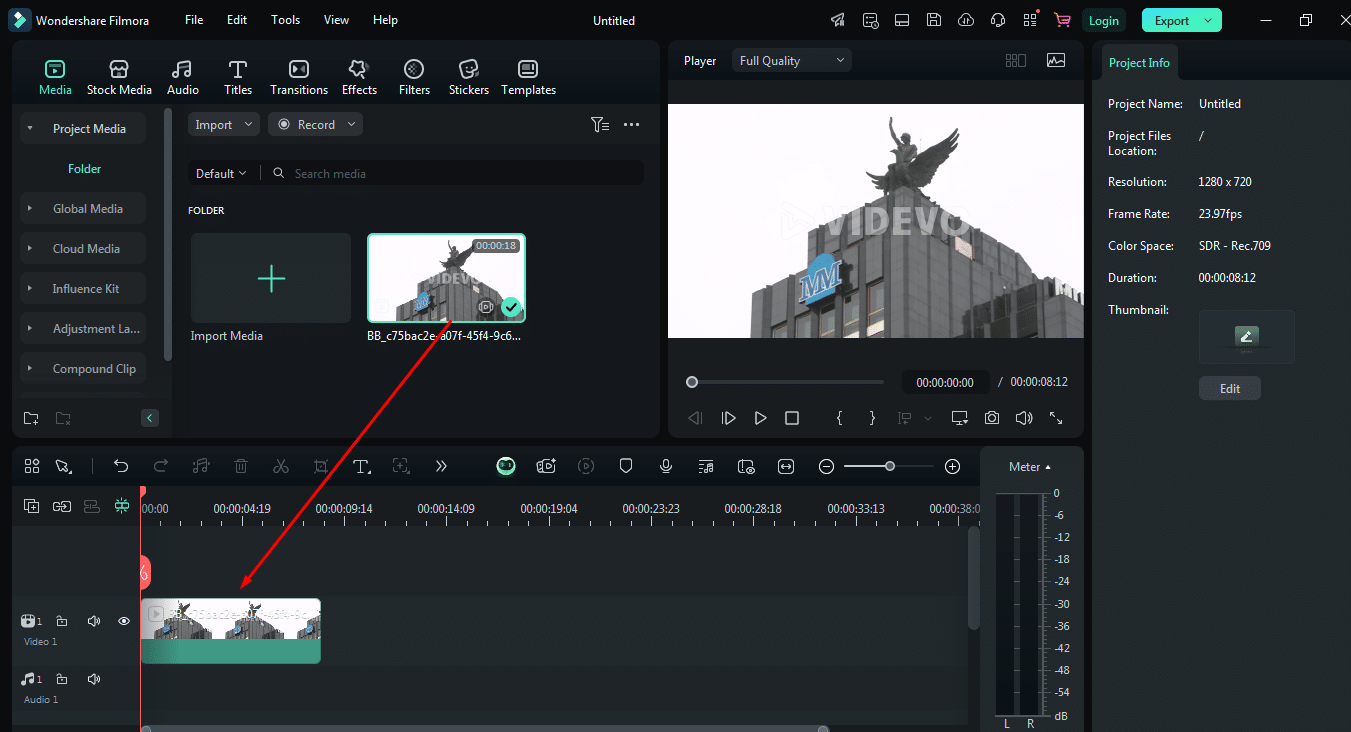
Step 5: After selecting and pressing on the video clip twice in the timeline, select “Video” > “AI Tools” and make sure “Planar Tracking” is selected.
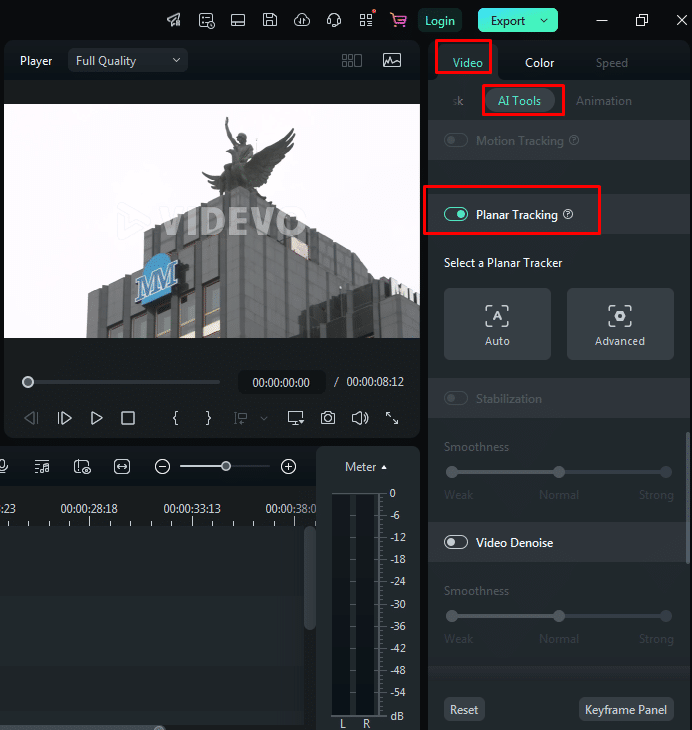
Step 6: Click on the logo to track, choose “Auto mode,” adjust the tracking points if needed, and then hit the “Start” button.
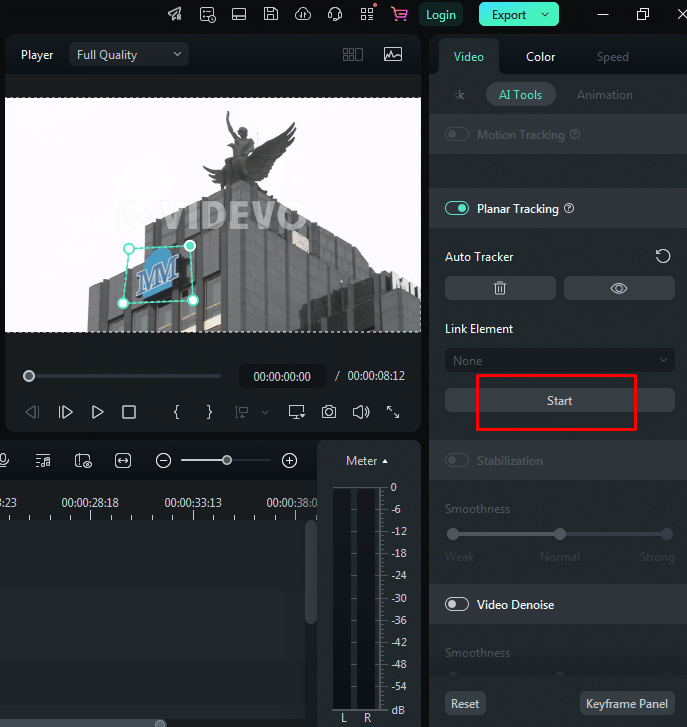
Step 7: Use the “Link Element” to connect it to the tracking data’s mosaic effect. To examine external media, click “Import from Computer.” Alternatively, click “Add a Mosaic” to create a mosaic over the designated area.
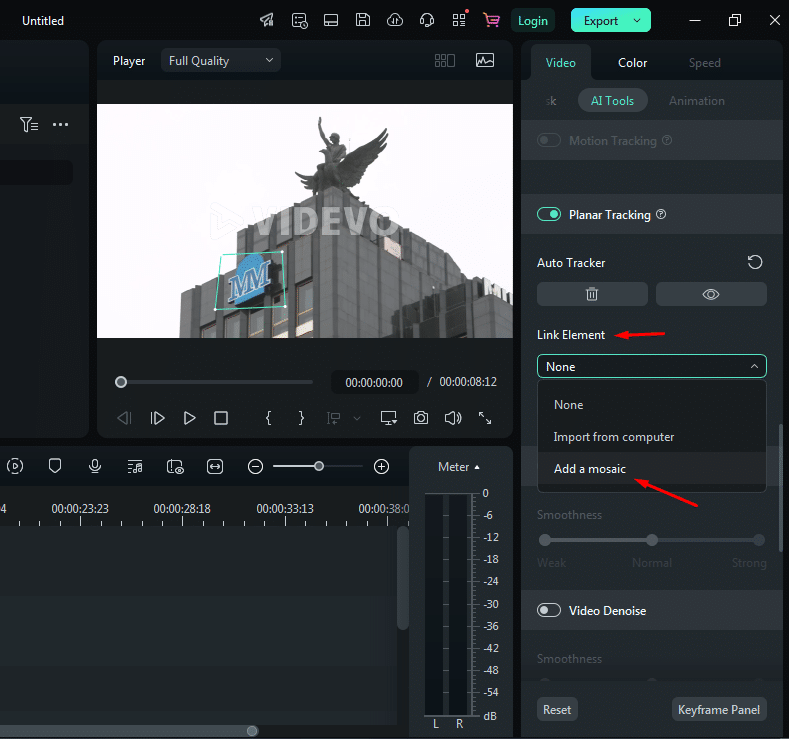
Step 8: Scale and move the mosaic so that it covers the logo. Click on the “Export” button to export your project in the desired format.
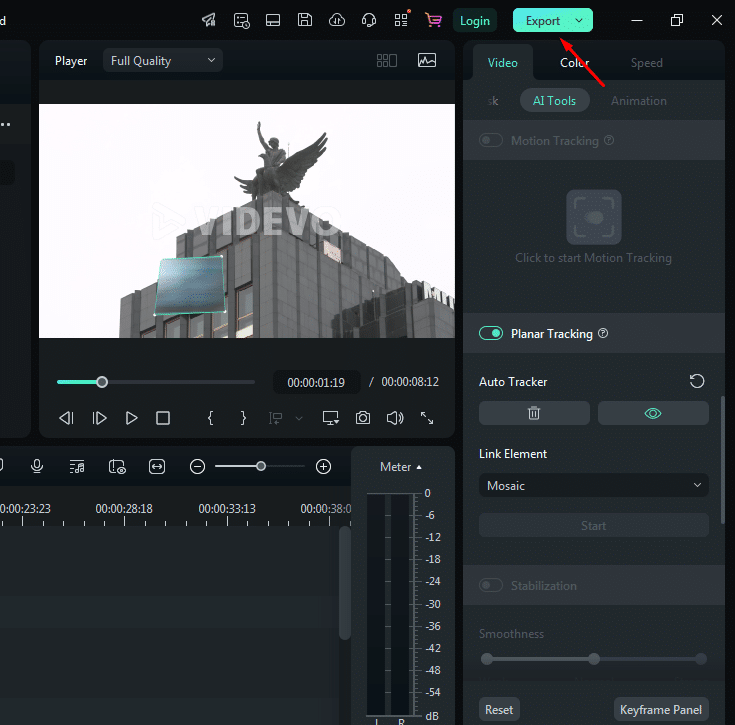
This is how you can track the flat surface using planar tracking in Filmora, which is quite easy. Do not wait longer and download this perfect tool now!
Conclusion
Choose planar or 3D tracking based on the project’s needs. For flat surface tracking, planar tracking is best. It is very accurate. Software like Wondershare Filmora is perfect for first use by novices and experts. However, 3D tracking is more flexible for dynamic scenes and objects. Choose your editing requirements wisely. They will help you find the best approach for amazing visual results. Go to Filmora today for easy tracking solutions!


